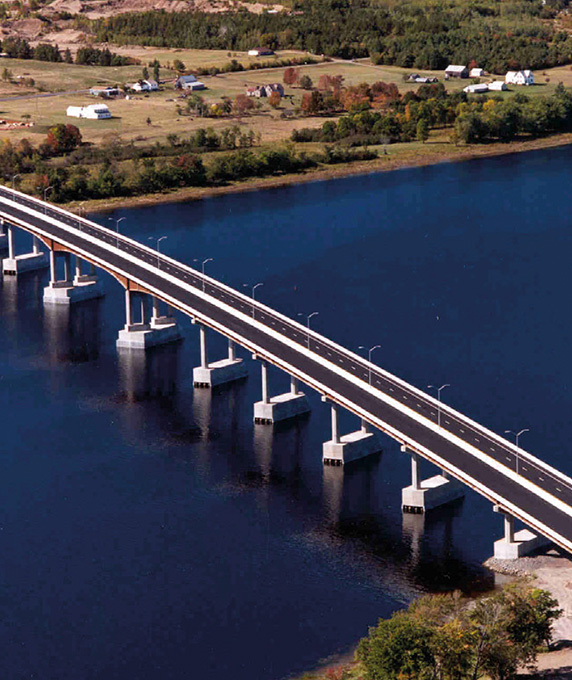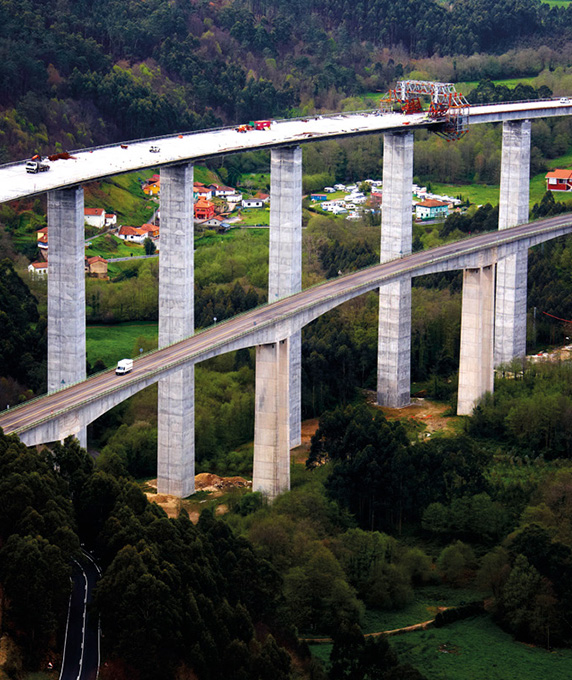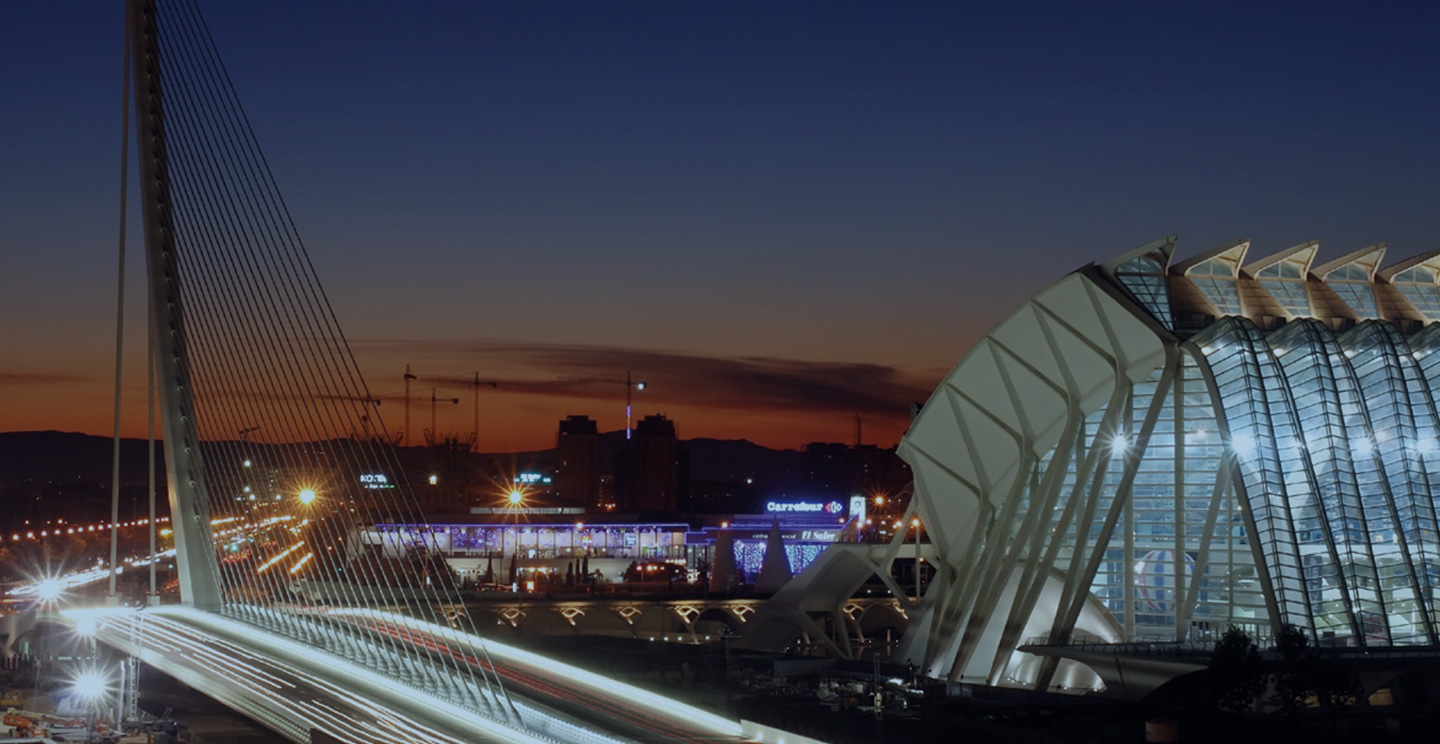
Type of work
Bridges
Azud de l´Or Bridge (Calatrava)
Spain
The Azud de l´Or Bridge takes its name from this historical hydraulic network in the city, which raises the water level and channels the ditches for allotment irrigation and connects the north and south limits of the old course of the River Turia in the City of Valencia, Spain.
It was designed by Santiago Calatrava and constructed by FCC with this great work becoming the longest and highest bridge in Valencia.
Its lightweight structure and technical elegance provide it with unequalled aesthetic qualities, forming a harmonic assembly that is fully integrated into the architectonic environment of the “Ciudad de las Artes y las Ciencias” (City of the Arts and Sciences).
This cable stayed bridge has a metal structure that weighs 5,500 tonnes and is 280 metres long with a 125-metre high pylon from which 29 front cables are suspended in a harp form, together with four rear cable-tube retention assemblies The bridge is 39 metres wide. It has three lanes in each direction and an average traffic of 70,000 vehicles a day.
Furthermore, it is already prepared for a future tramway with a specific 3.5-metre lane. There is a pedestrian platform in the centre and a bicycle lane.
The metal deck is suspended from a series of cable stays anchored to a pylon. This consists of a central metal spine that follows the roadway path.
Regarding lighting, the view of the City of the Arts and Sciences is not disturbed.
The construction of this infrastructure opens one of the most important routes in Valencia City, breaks up the horizontality of the City of the Arts and Sciences and connects the Oceanogràfic, Ágora, Umbracle, Museo de las Ciencias, Hemisfèric and the Palau de les Arts Reina Sofia.
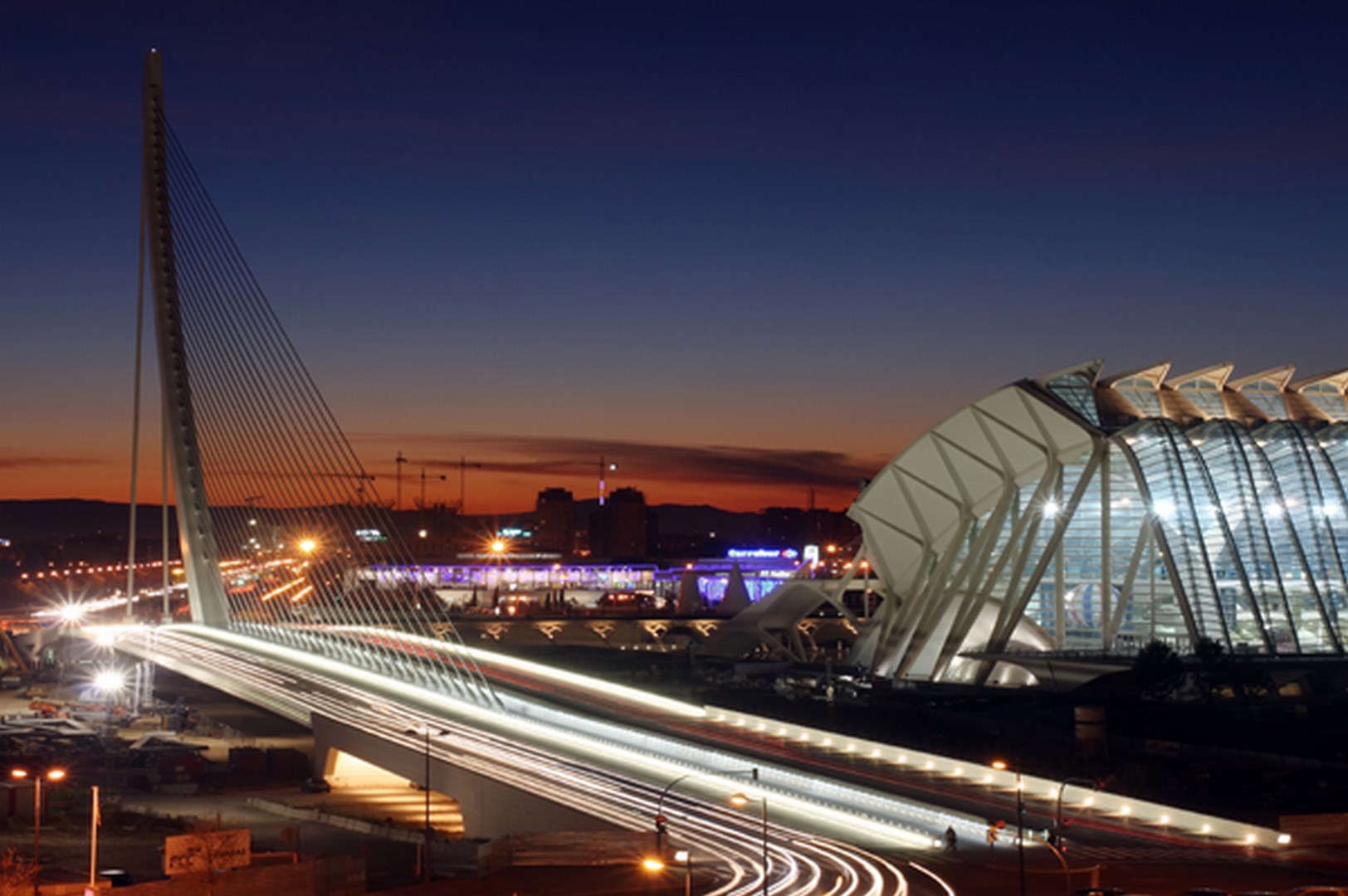
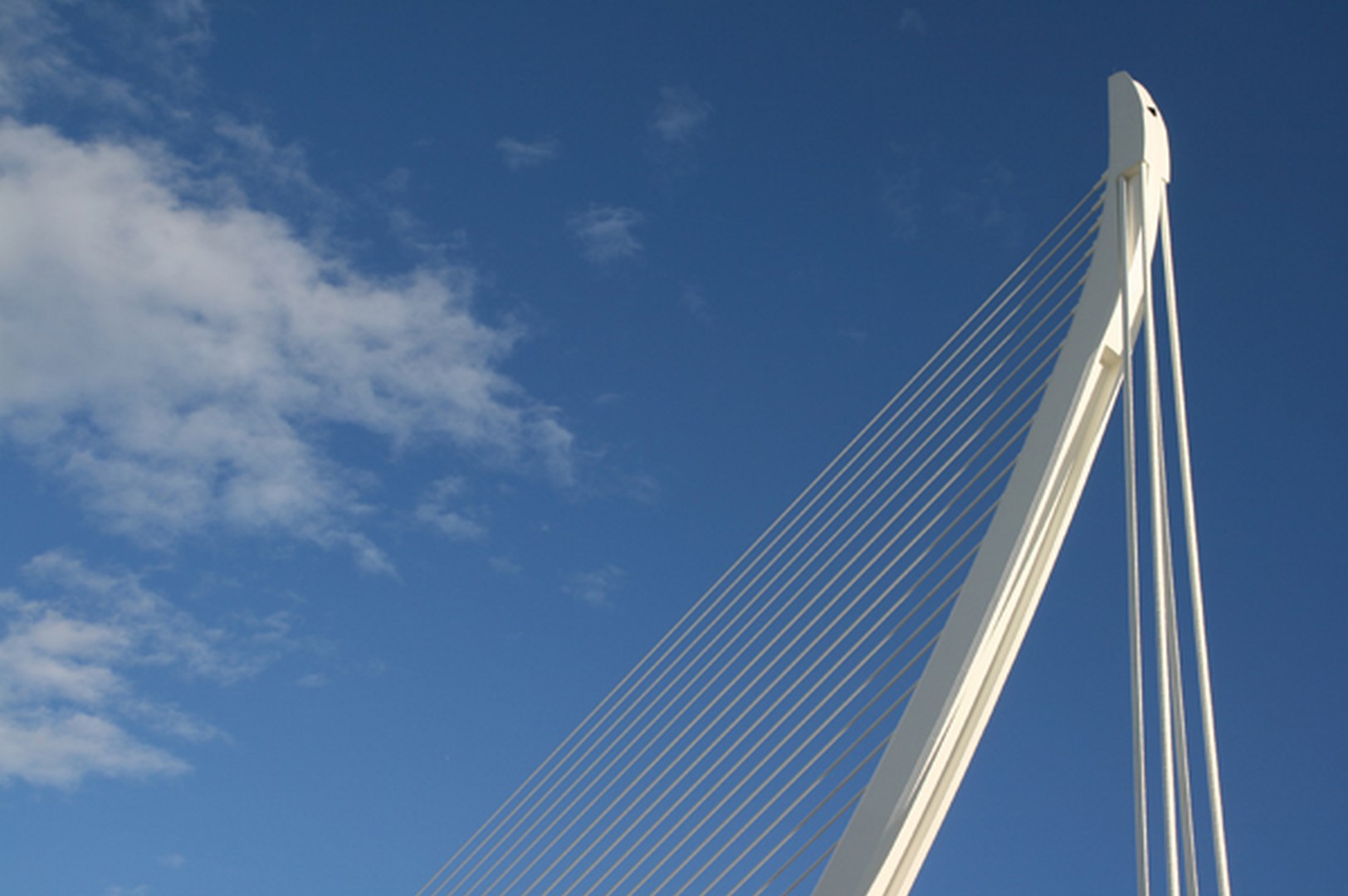
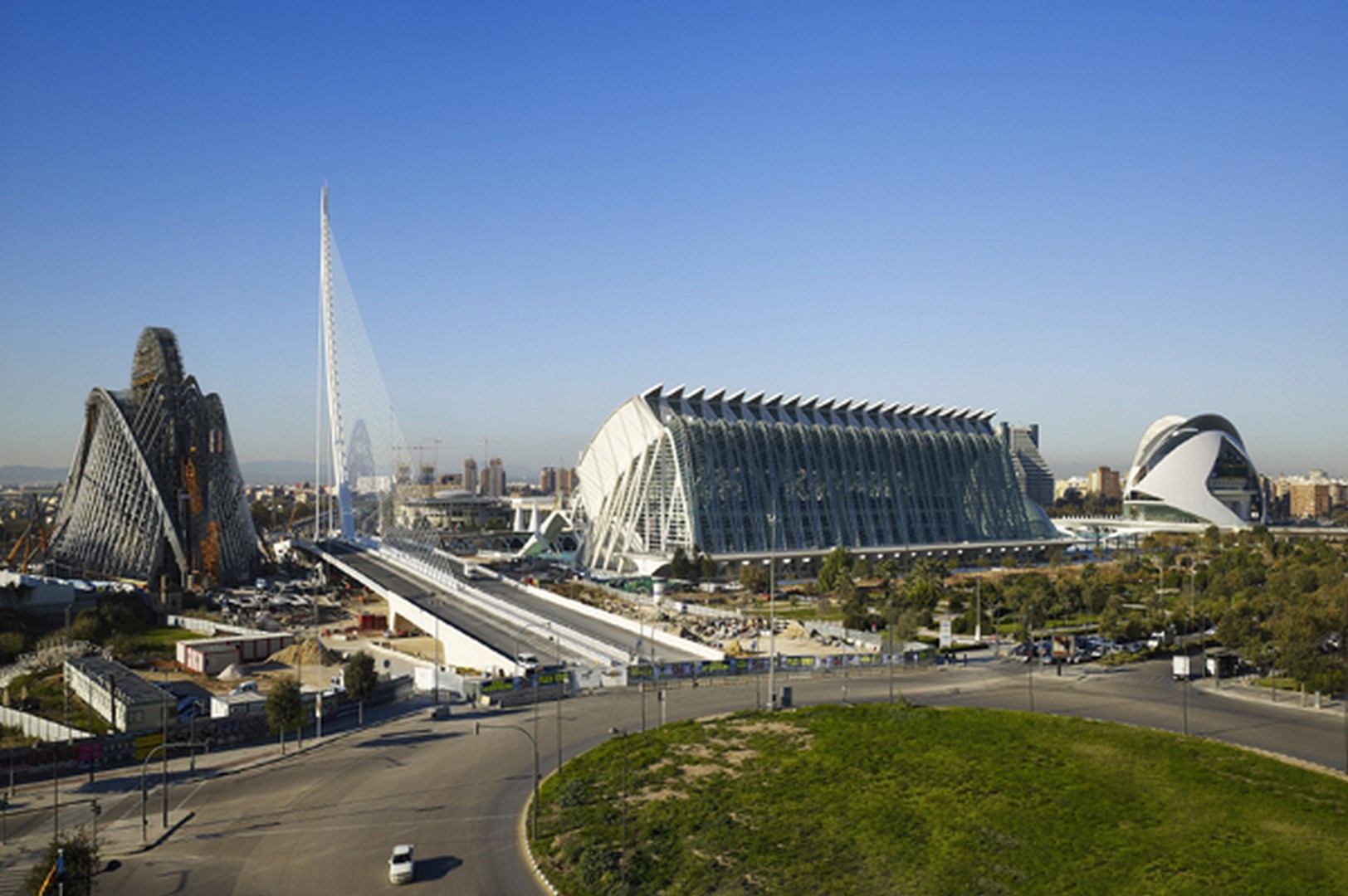
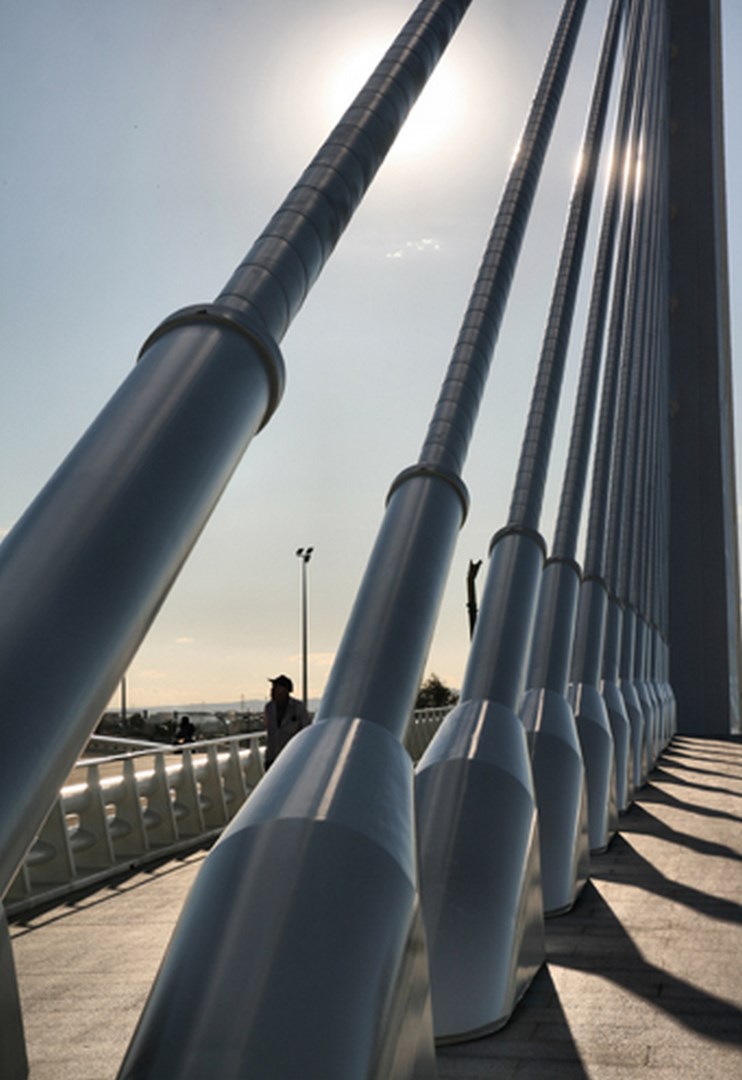
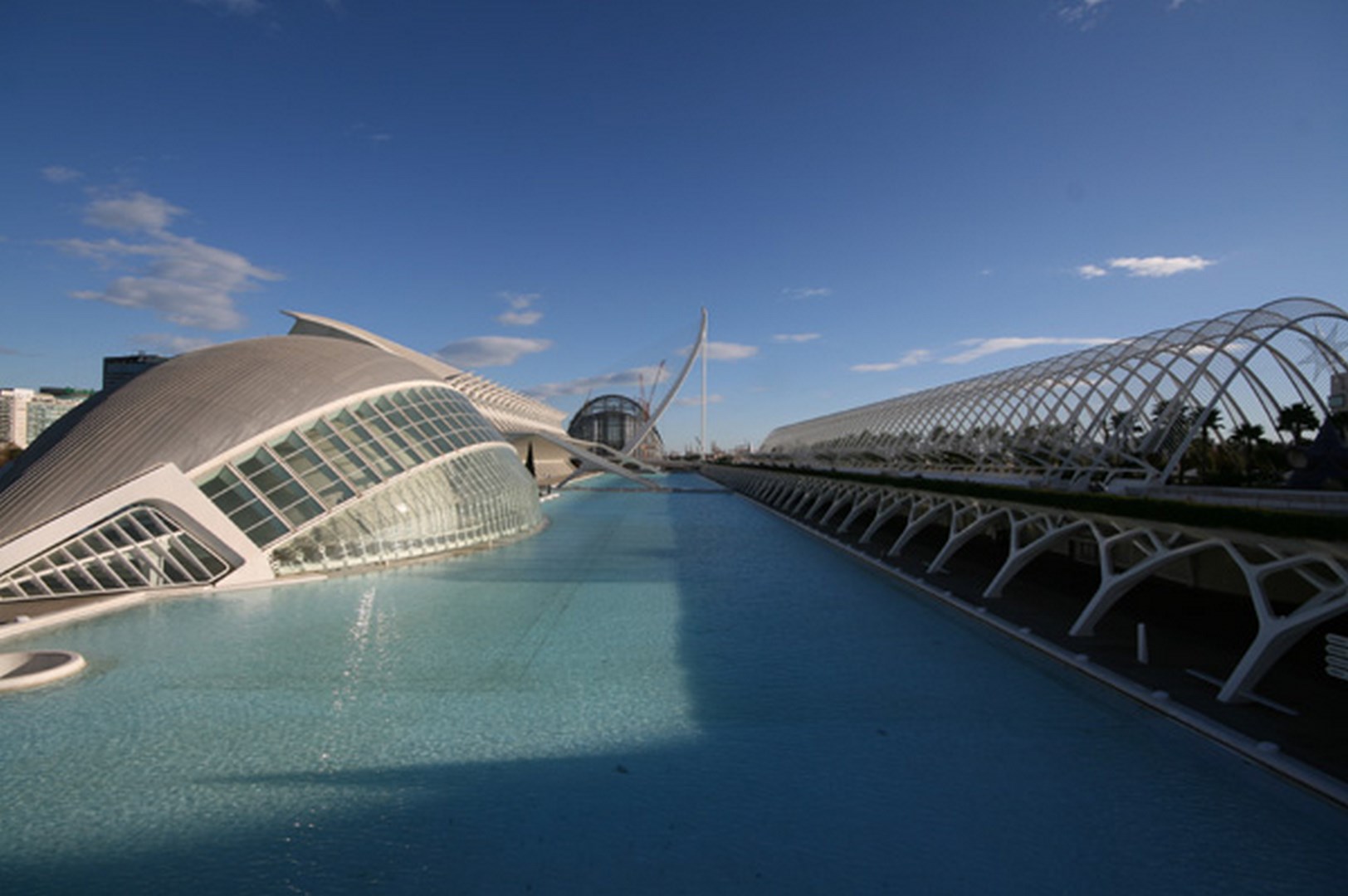
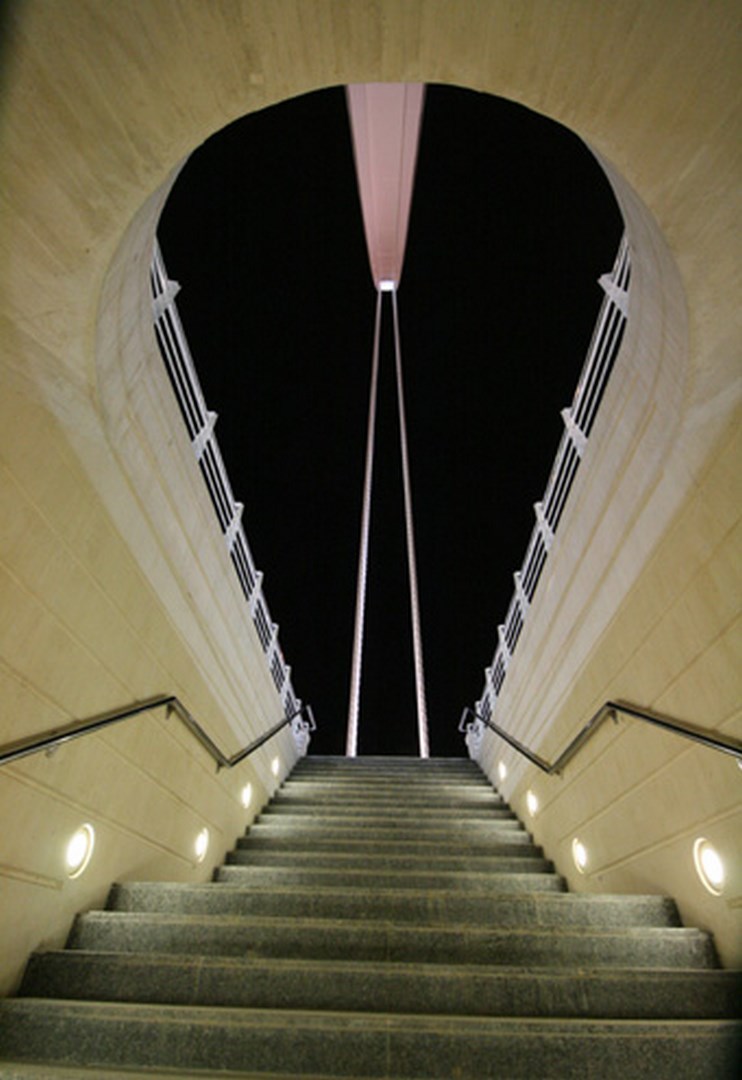
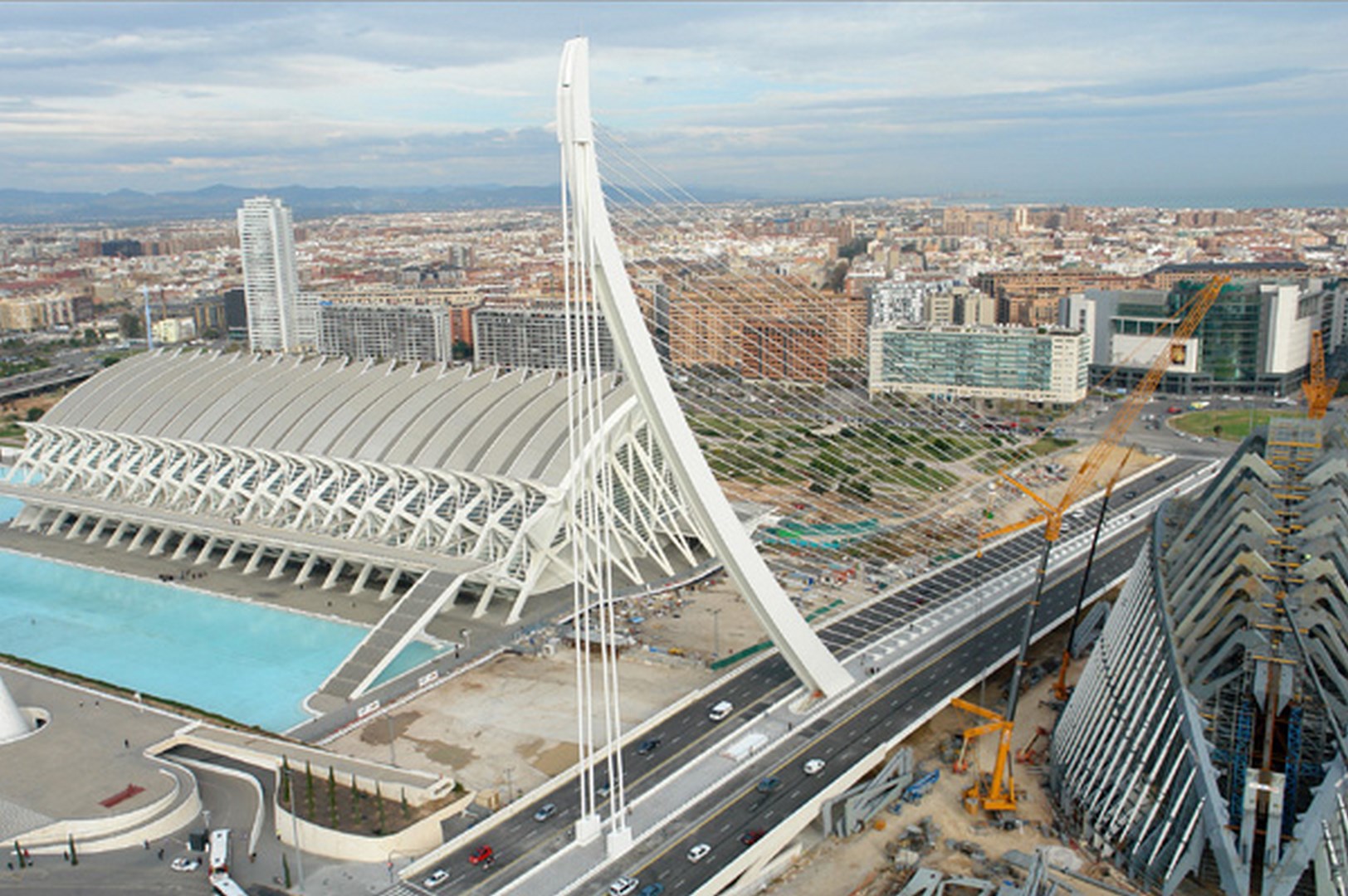
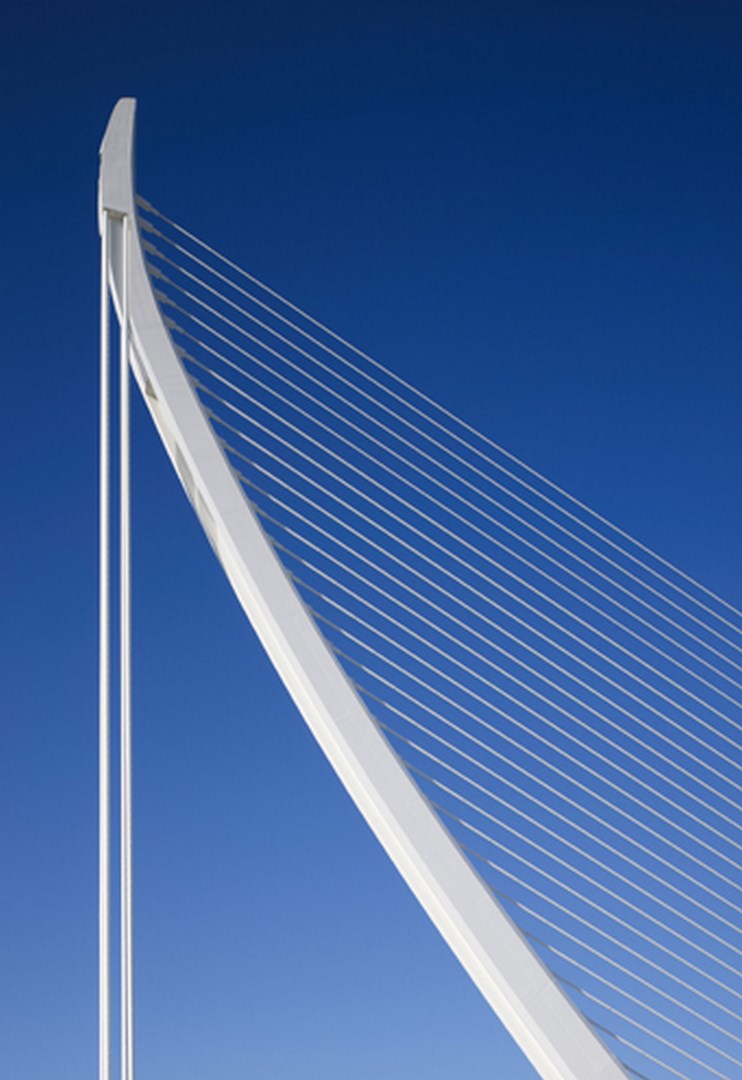
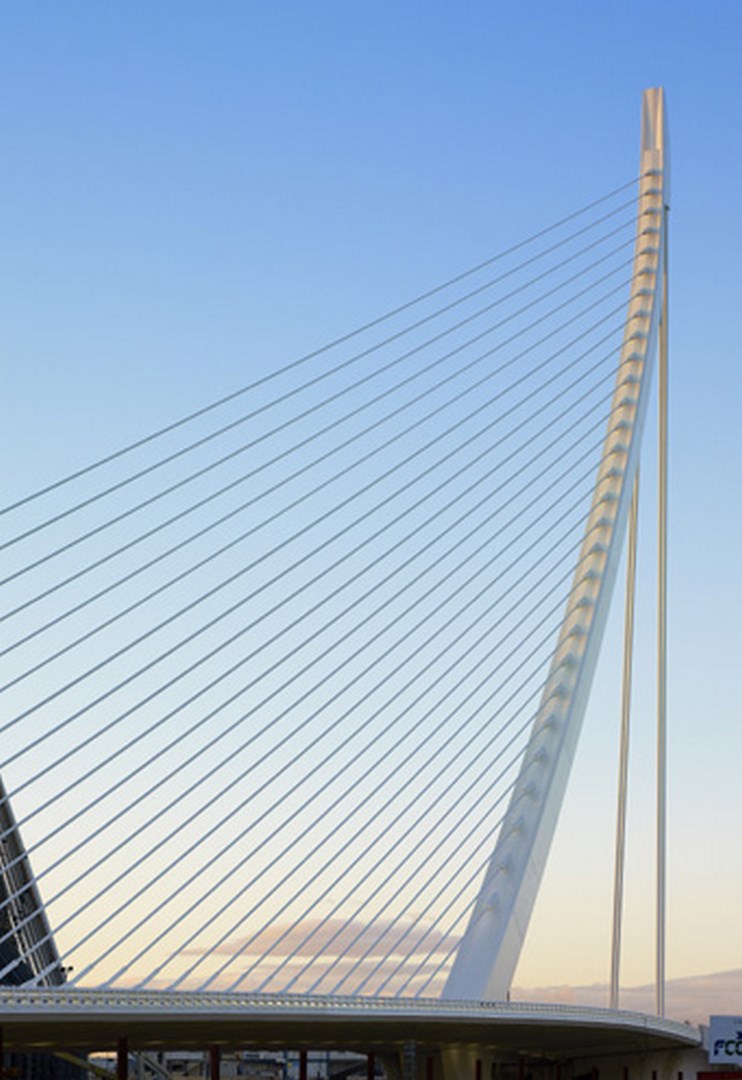
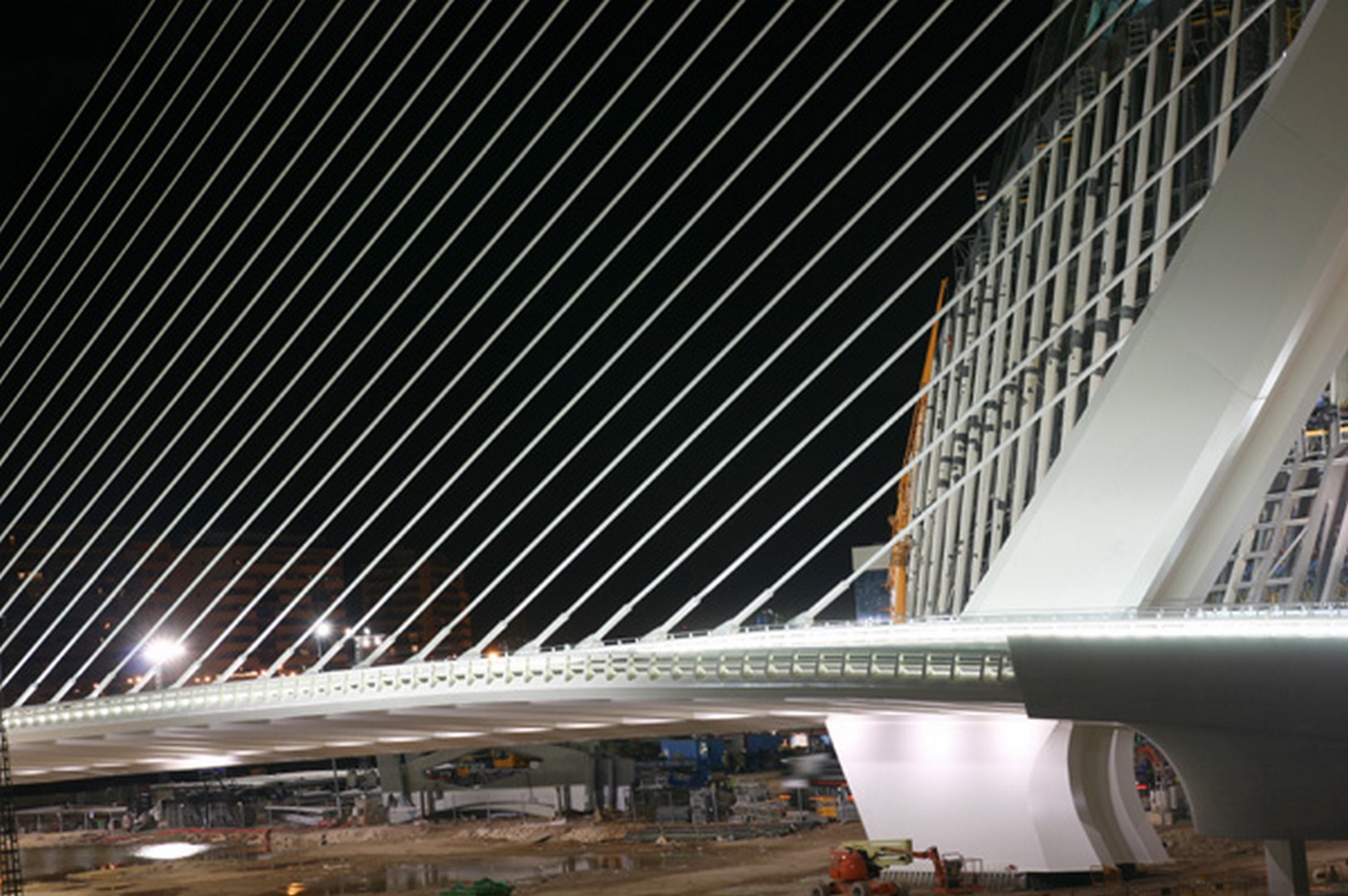
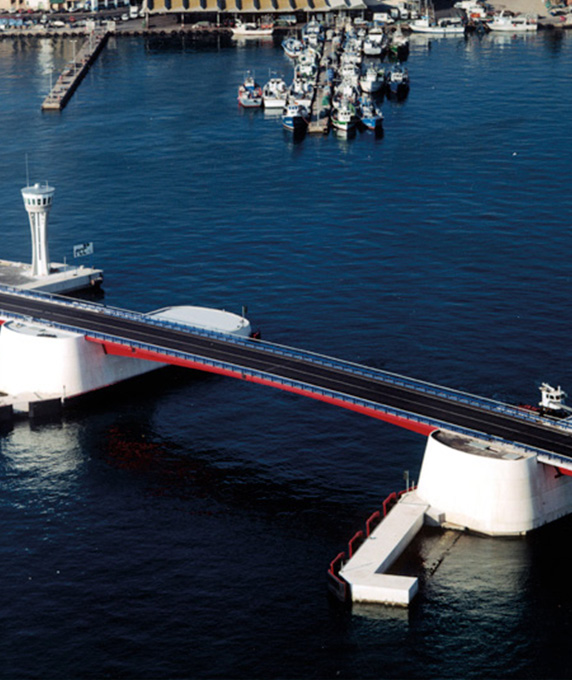
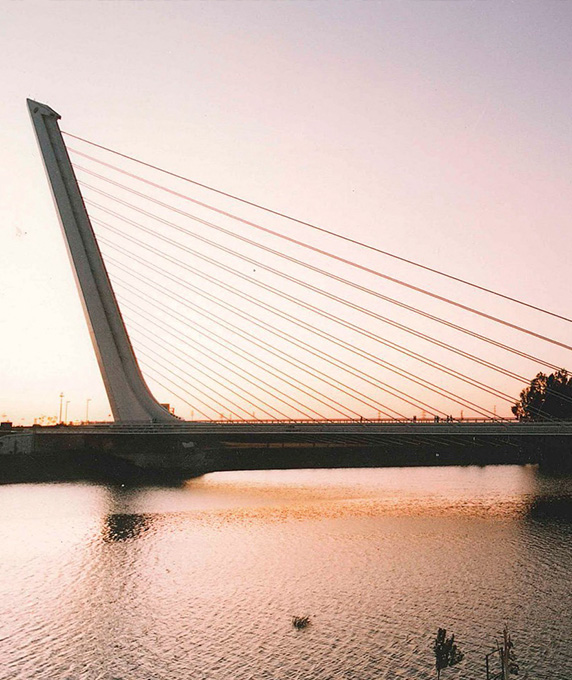
.jpg/97b9c0a6-a6d5-2f31-db41-fe610b059946?2.0)
